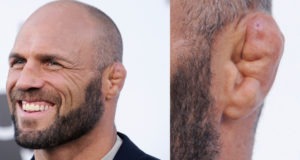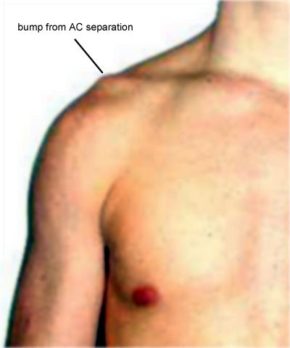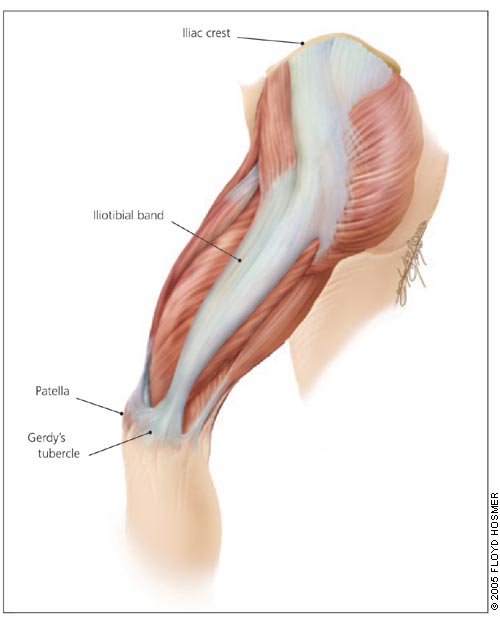This post may contain affiliate links to products or services which, if you purchase, may result in my earning commissions at no additional cost to you.

We know you’ve seen them before. The fighter with the swollen ears that are all puffy and wrinkled. You may have even asked yourself “Why are MMA fighters’ ears swollen or deformed?” Let’s see if we can figure it out.
Common amongst MMA fighters and wrestlers, a cauliflower ear (or auricular hematoma) occurs when there is bleeding between the skin and the cartilage of the outer ear. The cartilage becomes separated from its blood supply, and if it is not treated will eventually die. Scar tissue is formed, which causes the well known deformity.
How do Fighters get Cauliflower Ear?
It is usually the result of friction or blunt trauma to the ear. This can happen with a strike that hits the ear or from impact during grappling. Wrestlers are particularly vulnerable because of the frequent contact between the head and the opponent.
The ear usually gets caught between an opponents head or other part of the body. If smacked hard enough it causes sub-dermal bleeding which causes the separation (like a blood blister or bad bruise). If not treated it will “heal” in the form of a scar that hardens a looks deformed.
What does Cauliflower Ear Feel Like?
Cauliflower ears can be very painful in the early stages. They usually feel hot and swollen, and sore and squishy to touch. If untreated, this pain will reduce over the course of a few weeks and the lump will become hardened as the fluid is replaced by scar tissue.
How can I prevent cauliflower ear from happening to me?
Ear guards are a very reliable way of preventing cauliflower ear, except that few of us wear them consistently enough! Most fighters will use them only when the ear starts getting sore, or after a recent cauliflower ear. This is usually too late to prevent the damage, but does reduce pain in training.
My ear has swollen up, what do I do now?
If caught early enough, it’s possible to prevent a cauliflower ear from turning into a permanent deformity. Treatment consists of draining the fluid from the lump on the ear with a hypodermic needle and syringe.
After draining the ear, it’s important to compress the area for 24-48 hours to prevent it from refilling with blood. There are various methods for doing this; a common and effective way is to pack cotton on both sides of the ear and bandage it to the side of the head. This should all be carried out by a doctor, nurse or other qualified health care provider.
Some fighters prefer to drain their own cauliflower ears. We wouldn’t recommend this. The main risk involved is infection – it is very important to ensure that the skin of the ear, the needle, and all the materials being used are all adequately disinfected.
When can I go back to training after cauliflower ear draining?
Some fighters will carry on training quite happily with a cauliflower ear. Ear guards can reduce the pain, and the likely worst case is that you end up with a grossly deformed ear.
If you prefer to keep your good looks intact and get the ear drained, then it is best to take a week to ten days off training afterwards while the ear heals – otherwise you’re likely to find yourself right back where you started.
What long term problems is it likely to cause?
Old cauliflower ears are rarely painful, and some mixed martial artists even welcome them as a “badge of honor”. However, aside from putting an end to your modeling career and restricting your choice of earphones, cauliflower ears can also affect your hearing and can potentially rupture your ear drums so it is better to get them treated early.
Rosi Sexton is a professional MMA fighter and registered osteopath in the UK. She has a PhD from Cambridge.



